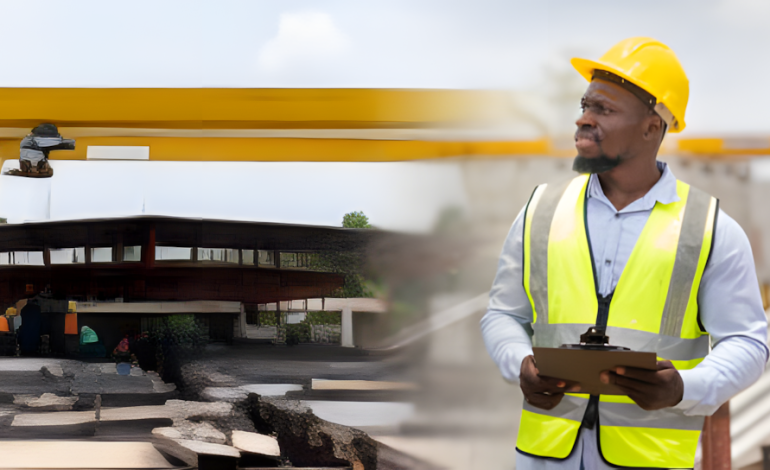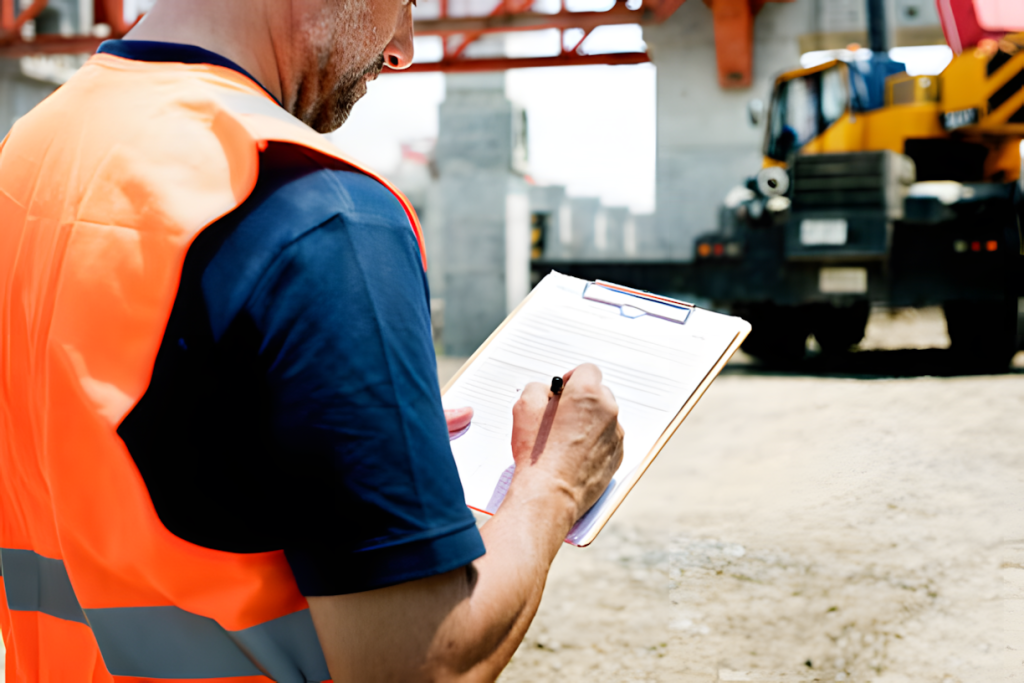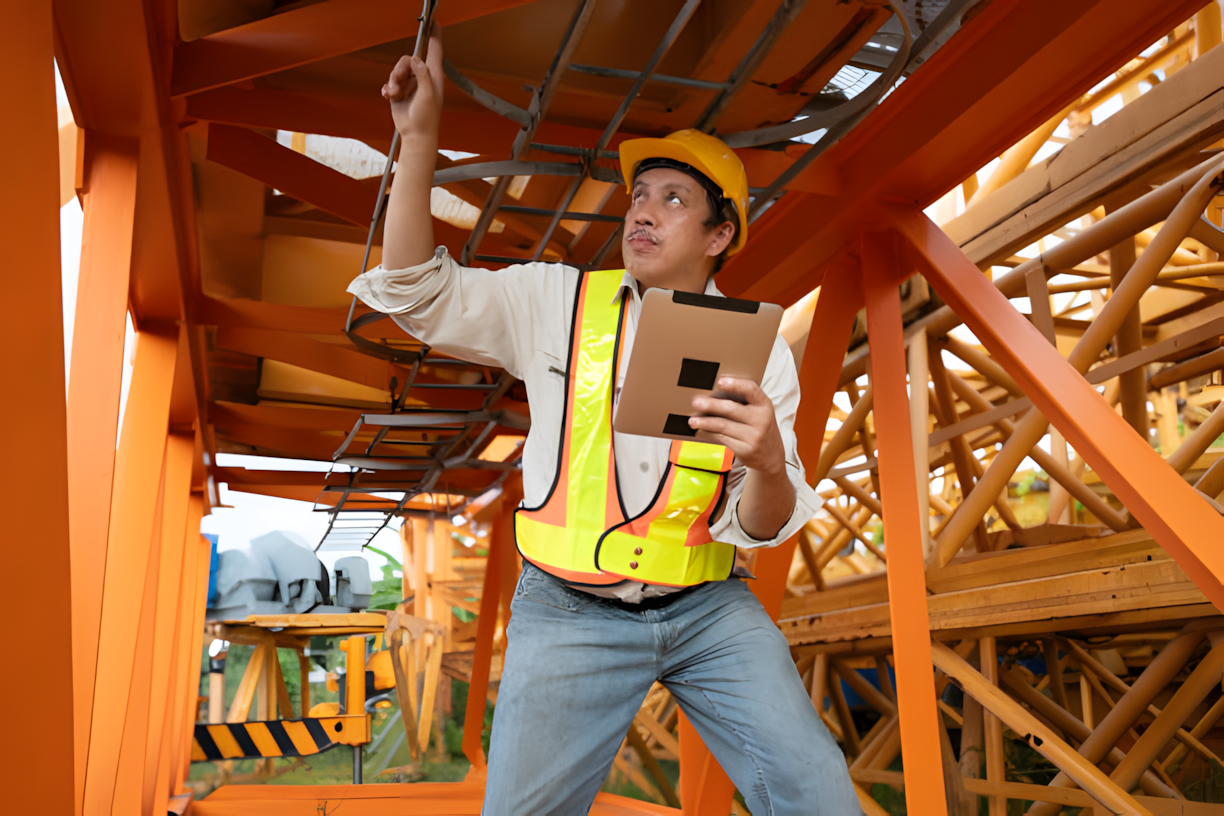
Crane inspection is a critical aspect of ensuring safety and efficiency in construction and industrial environments. As we navigate through various projects, the importance of maintaining our equipment cannot be overstated. Cranes, being heavy machinery, are subject to significant wear and tear, and their proper functioning is paramount to the safety of our workforce and the success of our operations.
Regular inspections help us identify potential issues before they escalate into serious problems, thereby safeguarding both personnel and property. In our pursuit of excellence, we must recognize that crane inspections are not merely a regulatory requirement; they are an integral part of our operational strategy. By implementing a robust inspection regime, we can enhance the reliability of our cranes, minimize downtime, and ultimately improve productivity.
This article will delve into the various types of crane inspections, their significance, and the best practices we should adopt to ensure that our cranes operate safely and efficiently.
During this phase, we meticulously examine the crane’s components, including the hoist, hooks, and rigging equipment.
We also assess the overall condition of the crane, looking for any signs of damage or wear that could compromise its performance. By taking these proactive measures, we can identify issues that may not be immediately apparent during regular use.
The pre-operation inspection allows us to verify that all safety devices are functioning correctly. This includes checking emergency stop buttons, limit switches, and alarms. Ensuring that these safety features are operational is crucial for preventing accidents and protecting our team members. By fostering a culture of diligence and attention to detail during pre-operation inspections, we not only comply with safety regulations but also promote a safer working environment for everyone involved.

Once we have completed the pre-operation inspection and deemed the crane ready for use, we must remain vigilant during its operation. Operational inspections are ongoing assessments that occur while the crane is in use. These inspections involve monitoring the crane’s performance and ensuring that it operates within its designated parameters.
We should pay close attention to any unusual sounds or movements that may indicate a malfunction or impending failure. Additionally, it is vital for us to observe the load being lifted and ensure that it does not exceed the crane’s rated capacity. Overloading can lead to catastrophic failures, endangering both personnel and equipment.
By maintaining a keen awareness of our surroundings and adhering to established safety protocols during operational inspections, we can mitigate risks and enhance the overall safety of our lifting operations.
| Inspection Area | Metrics |
|---|---|
| Incision site | Redness, swelling, drainage |
| Vital signs | Temperature, blood pressure, heart rate |
| Pain level | On a scale of 1-10 |
| Mobility | Ability to move affected area |
After completing a lifting operation, conducting a post-operation inspection is equally important. This inspection allows us to assess the crane’s condition after it has been in use and identify any potential issues that may have arisen during operation. We should check for signs of wear or damage to critical components such as cables, pulleys, and hydraulic systems.
By addressing these concerns promptly, we can prevent more significant problems from developing in the future. Furthermore, post-operation inspections provide an opportunity for us to review our lifting procedures and identify areas for improvement. By analyzing our performance and discussing any challenges encountered during the operation, we can refine our processes and enhance our overall efficiency.
This continuous feedback loop not only helps us maintain our equipment but also fosters a culture of learning and growth within our team.
In addition to pre-operation, operational, and post-operation inspections, periodic inspections play a vital role in maintaining crane safety and functionality. These inspections are typically conducted at regular intervals as mandated by regulatory bodies or industry standards. During periodic inspections, we perform comprehensive evaluations of the crane’s structural integrity, mechanical systems, and safety features.
These inspections often involve more in-depth assessments than routine checks. We may need to disassemble certain components to inspect them thoroughly or conduct non-destructive testing to identify hidden defects. By adhering to a schedule for periodic inspections, we can ensure that our cranes remain in optimal condition and comply with all relevant safety regulations.
This proactive approach not only protects our workforce but also extends the lifespan of our equipment.

These records serve as a valuable resource for tracking maintenance history, identifying recurring issues, and demonstrating compliance with regulatory requirements.
By keeping detailed logs of each inspection, including dates, findings, and corrective actions taken, we create a comprehensive history of our crane’s performance over time. This information can be instrumental in making informed decisions about maintenance schedules and equipment upgrades.
Additionally, having well-organized documentation readily available can facilitate communication with regulatory agencies during audits or inspections.
To ensure that our crane inspection processes are effective and compliant with industry standards, it is imperative that we prioritize training and certification for our personnel. All team members involved in crane operations should receive comprehensive training on inspection procedures, safety protocols, and equipment operation. This training not only equips them with the necessary skills but also fosters a culture of safety within our organization.
Certification programs are available through various industry organizations and regulatory bodies. By encouraging our team members to pursue these certifications, we can enhance their expertise and ensure that they are well-versed in the latest safety practices and technologies. Investing in training not only benefits our employees but also contributes to the overall success of our operations by reducing the likelihood of accidents and equipment failures.
The importance of regular crane inspections cannot be overstated. By implementing a rigorous inspection regime—encompassing pre-operation, operational, post-operation, periodic inspections, thorough documentation, and ongoing training—we create a safer work environment for everyone involved in lifting operations. Regular inspections help us identify potential hazards before they escalate into serious incidents, ultimately protecting our workforce and minimizing downtime.
Moreover, consistent inspections contribute to the longevity of our equipment. By addressing maintenance needs promptly and adhering to established inspection schedules, we can extend the lifespan of our cranes and reduce overall operational costs. In an industry where safety and efficiency are paramount, prioritizing regular inspections is not just a best practice; it is an essential component of our commitment to excellence in every project we undertake.
In conclusion, as we reflect on the various aspects of crane inspection outlined in this article, it becomes clear that a proactive approach to maintenance is vital for ensuring safety and efficiency in our operations. By embracing a culture of diligence and continuous improvement in our inspection practices, we can safeguard our workforce while maximizing productivity in every lifting operation we undertake.
If you are in need of a crane inspection checklist, you may want to consider hiring Certified Crane Inspectors. They offer a variety of services related to crane inspections, as outlined on their website here. Additionally, they have certified crane inspectors specifically for Mantis cranes, which can be found here. To see some of their latest projects and get a better idea of the quality of their work, you can visit their page here.
A crane inspection checklist is a document used to ensure that cranes are in safe working condition and comply with regulatory standards. It includes a list of items to be inspected and checked regularly to prevent accidents and ensure the proper functioning of the crane.
A crane inspection checklist is important because it helps to identify potential hazards and defects in cranes, ensuring the safety of workers and the public. Regular inspections also help to prevent costly downtime and repairs by identifying issues early.
Common items included in a crane inspection checklist may include the condition of the crane’s structure, wire ropes, hooks, brakes, electrical systems, and safety devices. It may also include checking for proper lubrication, load testing, and documentation of previous inspections and repairs.
Crane inspections are typically conducted by qualified and trained personnel, such as crane operators, maintenance technicians, or third-party inspection professionals. It is important that the individuals conducting the inspections are knowledgeable about crane safety and regulations.
The frequency of crane inspections depends on the type of crane, its usage, and regulatory requirements. Generally, cranes should be inspected before each use, as well as undergoing regular periodic inspections, which may be monthly, quarterly, or annually, depending on the crane’s usage and environment.
Failing to conduct regular crane inspections can lead to serious consequences, including accidents, injuries, fatalities, property damage, and regulatory violations. It can also result in costly repairs, downtime, and loss of productivity. Regular inspections are essential for maintaining a safe and efficient work environment.
Leave A Reply